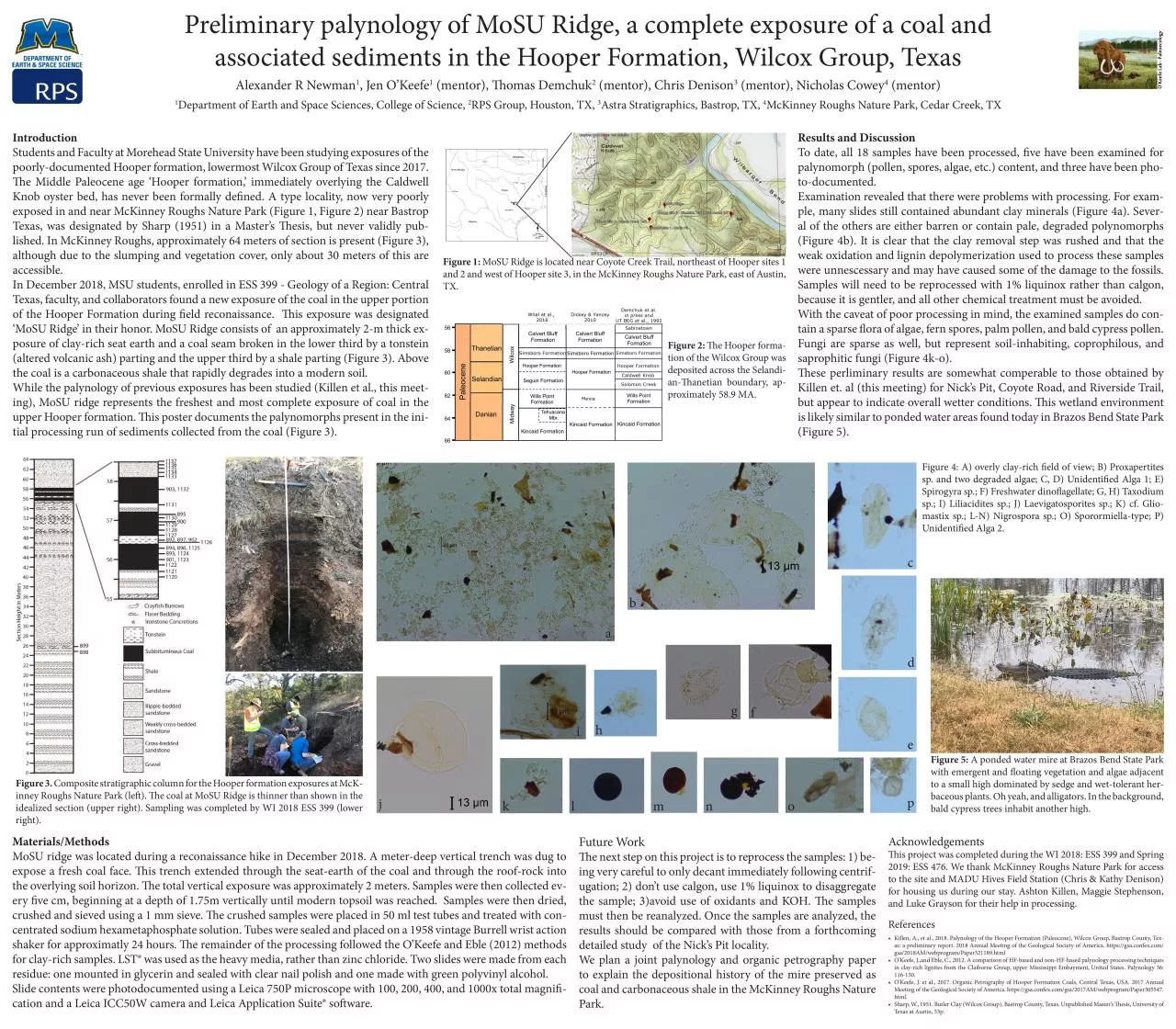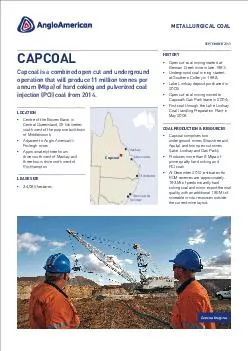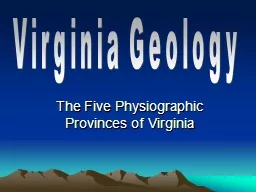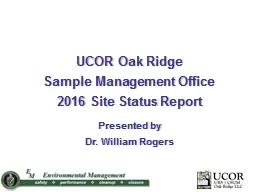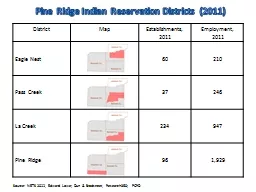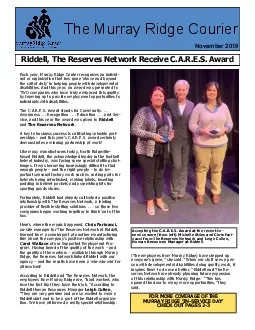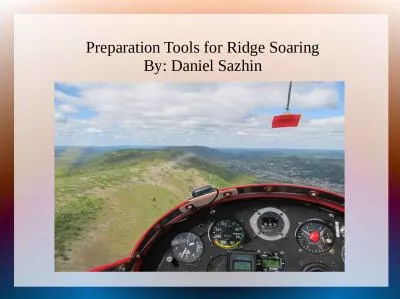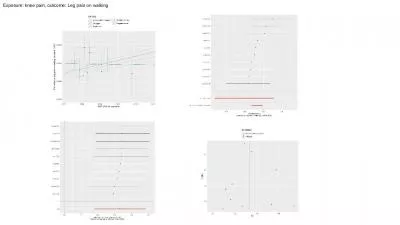PDF-Preliminary palynology of MoSU Ridge a complete exposure of a coal and
Author : mia | Published Date : 2021-09-08
associated sediments in the Hooper Formation Wilcox Group TexasIntroductionStudents and Faculty at Morehead State University have been studying exposures of the
Presentation Embed Code
Download Presentation
Download Presentation The PPT/PDF document "Preliminary palynology of MoSU Ridge a c..." is the property of its rightful owner. Permission is granted to download and print the materials on this website for personal, non-commercial use only, and to display it on your personal computer provided you do not modify the materials and that you retain all copyright notices contained in the materials. By downloading content from our website, you accept the terms of this agreement.
Preliminary palynology of MoSU Ridge a complete exposure of a coal and: Transcript
Download Rules Of Document
"Preliminary palynology of MoSU Ridge a complete exposure of a coal and"The content belongs to its owner. You may download and print it for personal use, without modification, and keep all copyright notices. By downloading, you agree to these terms.
Related Documents

